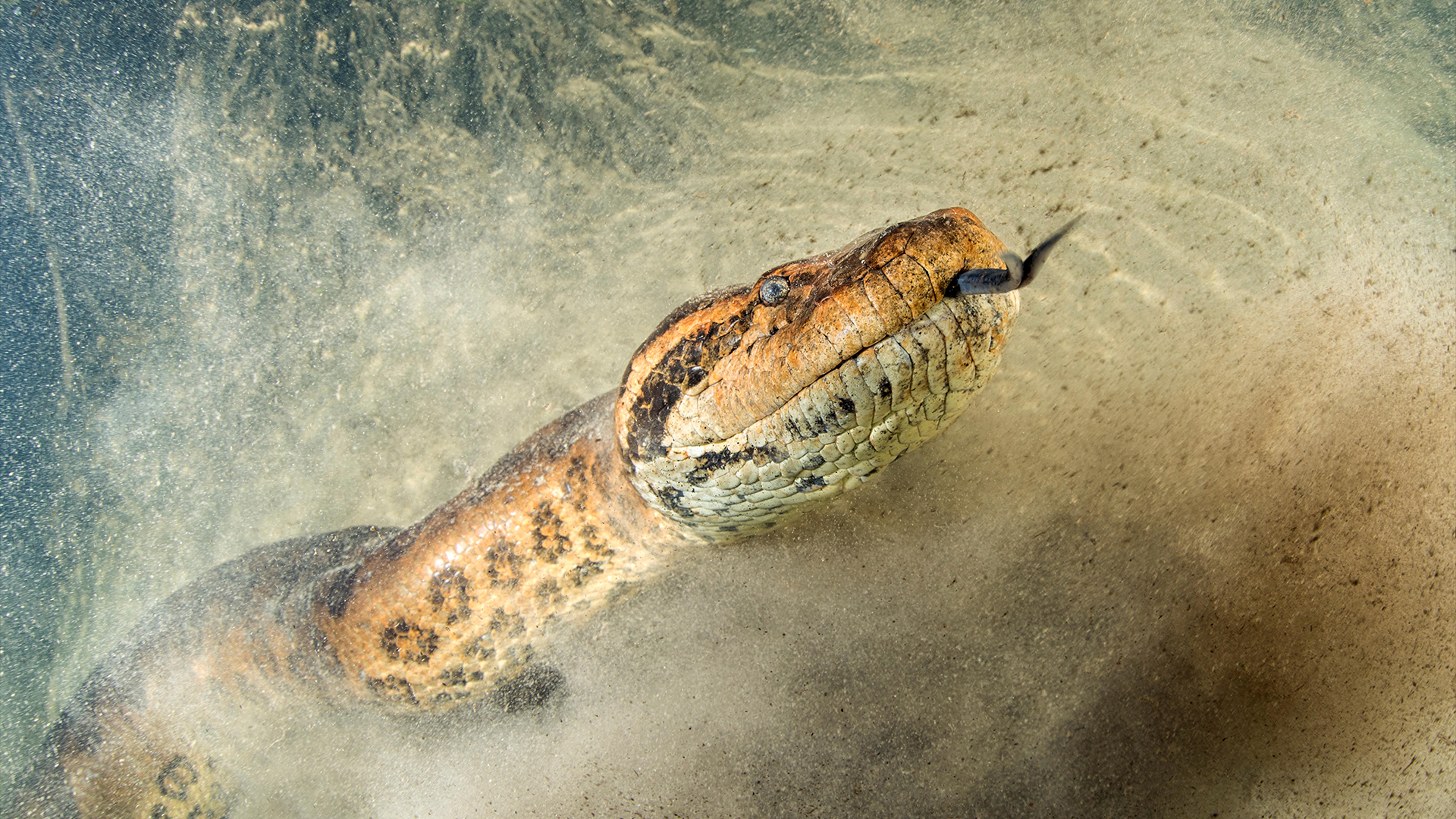Crystals, Vol. 13, Pages 291: Synthesis, Crystal Structure and Properties of the New Laminar Quaternary Tellurides SrLnCuTe3 (Ln = Sm, Gd–Tm and Lu)
Crystals doi: 10.3390/cryst13020291
Authors: Anna V. Ruseikina Maxim V. Grigoriev Maxim S. Molokeev Alexander A. Garmonov Andrey V. Elyshev Ralf J. C. Locke Thomas Schleid
This paper reports for the first time on the new laminar quaternary orthorhombic heterometallic quaternary tellurides SrLnCuTe3, the fabrication of which has been a challenge until this work. Data on the crystal structure of tellurides complete the series of quaternary strontium chalcogenides SrLnCuCh3 (Ch = S, Se, Te). Single crystals of the compounds were synthesized from the elements by the halogenide-flux method at 1070 K. The compounds are crystallizing in two space groups Pnma (Ln = Sm, Gd and Tb) and Cmcm (Ln = Dy–Tm and Lu). For SrSmCuTe3 (a = 11.4592(7), b = 4.3706(3), c = 14.4425(9) Å, space group: Pnma) with the largest lanthanoid cation, Sr2+ shows C.N. = 7, whereas Sm3+ reveals a diminished coordination number C.N. = 6. For SrLuCuTe3 (a = 4.3064(3), b = 14.3879(9), c = 11.1408(7) Å, space group: Cmcm) with the smallest lanthanoid cation, coordination numbers of six are realized for both high-charged cations (Sr2+ and Lu3+: C.N. = 6). The cations Sr2+, Ln3+, Cu+ each take independent positions. The structures are built by distorted [CuTe4]7– tetrahedra, forming the infinite chains {∞1[Cu(Te1)1/1t(Te2)1/1t(Te3)2/2e]5−} along [010] in SrLnCuTe3 (Ln = Sm, Gd and Tb) and [100] in SrLnCuTe3 (Ln = Dy–Tm and Lu). The distortion of the polyhedra [CuTe4]7– was compared for the whole series SrLnCuTe3 by means of τ4-descriptor for the four coordinating Te2– anions, which revealed a decrease in the degree of distortion with a decreasing radius at Ln3+. The distorted octahedra [LnTe6]9– form layers {∞2[Ln(Te1)2/2(Te2)2/2(Te3)2/2]3−}. The distorted octahedra and tetrahedra fuse to form parallel layers {∞2[CuLnTe3]2−} and between them, the Sr2+ cations providing three-dimensionality of the structure are located. In the SrLnCuTe3 (Ln = Sm, Gd and Tb) structures, the Sr2+ cations center capped the trigonal prisms [SrTe6+1]12−, united in infinite chains {∞1[Sr(Te1)2/2(Te2)3/3(Te3)2/2]4−} along the [100] direction. The domains of existence of the Ba2MnS3, BaLaCuS3, Eu2CuS3 and KZrCuS3 structure types are defined in the series of orthorhombic chalcogenides SrLnCuCh3 (Ch = S, Se and Te). The tellurides SrLnCuTe3 (Ln = Tb–Er) of both structure types in the temperature range from 2 up to 300 K are paramagnetic, without showing clear signs of a magnetic phase transition.

 1 year ago
49
1 year ago
49


